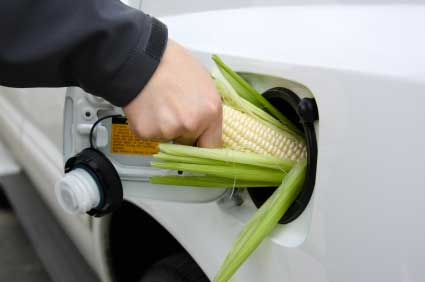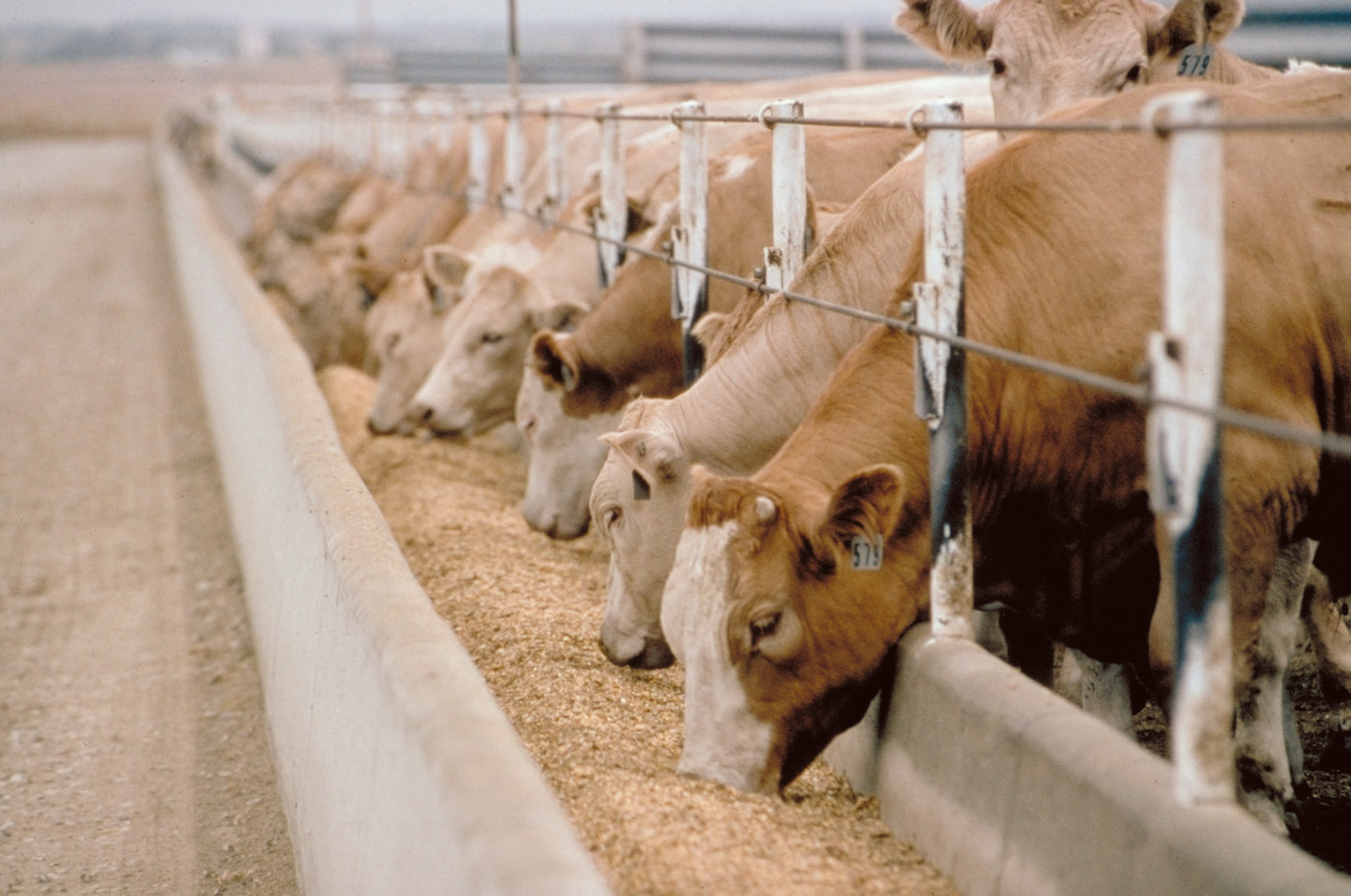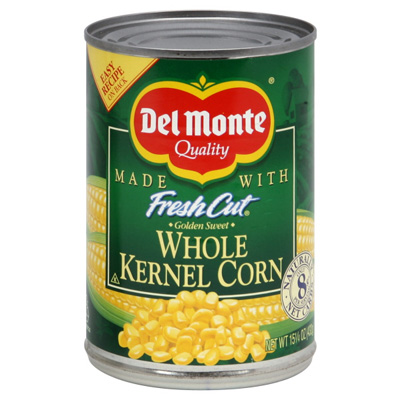Uses
Home | History | Uses | References
The Uses of Corn
During the mid 1960s, about 75 percent of the corn was fed to livestock, 13 percent was exported, and the remainder went into human food and industrial products. By 2000, the relative amount of corn fed to livestock had decreased to 60 percent, 22 percent was exported, 6 percent was used for High-Fructose Corn Sweetener, 6 percent was processed for ethanol, and 6 percent went into other products.
______ _______
_______ ______
______
Between 90 and 95 percent of the crop is harvested for grain; the remaining 5 to 10 percent is grown for silage. Of the corn fed to livestock in 1960, about 40 percent went to hogs, 20 percent to poultry, 30 percent to cattle on feed and milk cows, and 10 percent to other types of livestock. By 2000, these amounts had shifted to 29 percent to cattle on feed, 29 percent to poultry, 24 percent to hogs, 16 percent to dairy cattle, and 2 percent to other types of livestock.

One reference lists over 500 different uses for corn. Corn is a component of canned corn, baby food, hominy, mush, puddings, tamales, and many more human foods.
_____________________________ ______________________________
______________________________
Some industrial uses of corn include filler for plastics, packing materials, insulating materials, adhesives, chemicals, explosives, paint, paste, abrasives, dyes, insecticides, pharmaceuticals, organic acids, solvents, rayon, antifreeze, soaps, and many more.
Corn also is used as the major study plant for many academic disciplines such as genetics, physiology, soil fertility and biochemistry. It is doubtful that any other plant has been studied as extensively as has the corn plant.